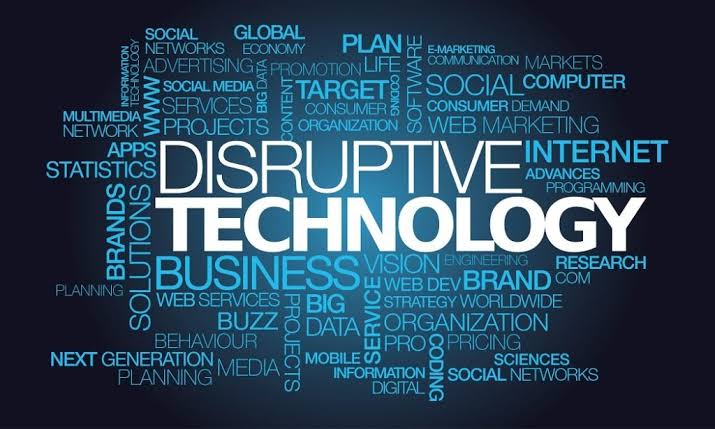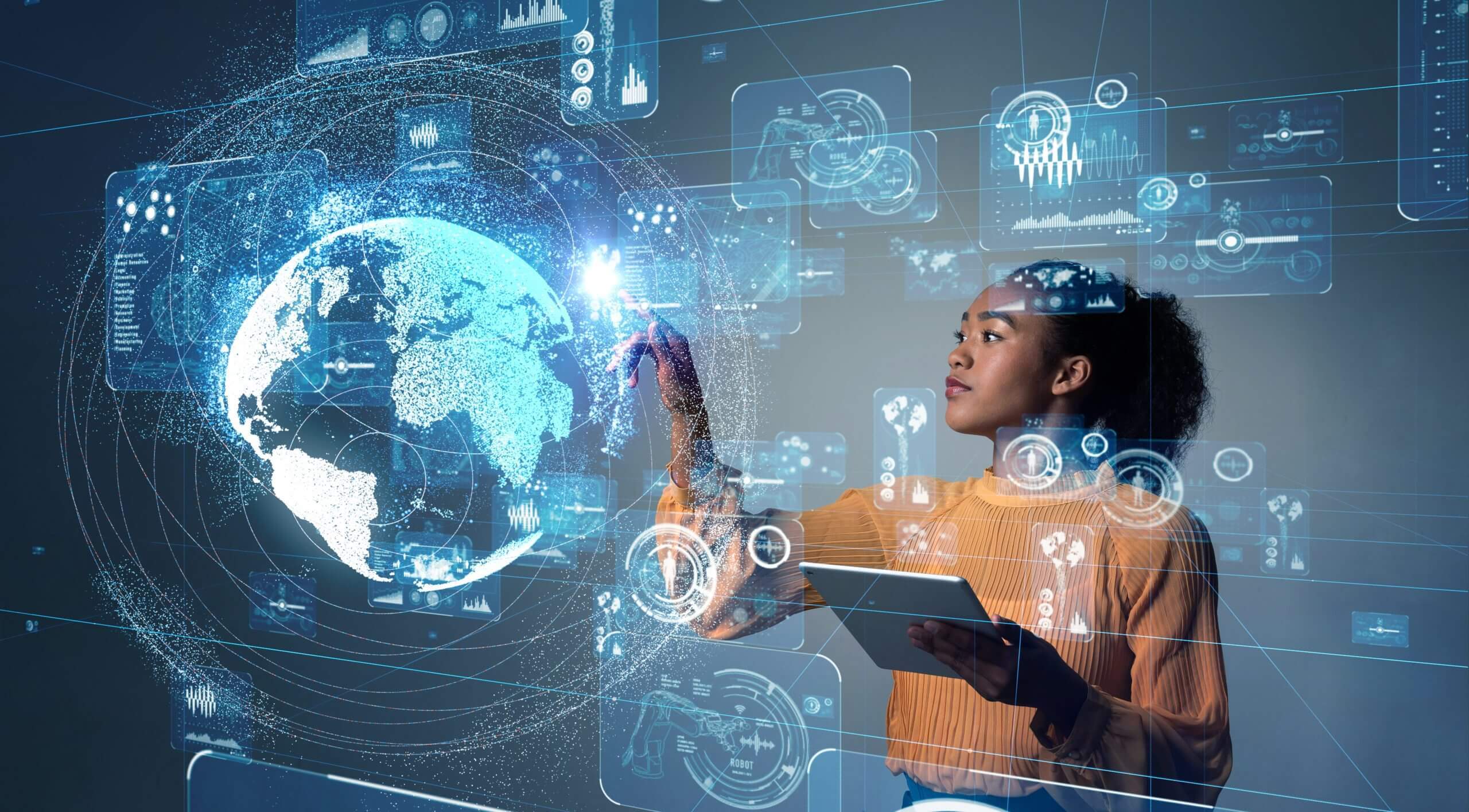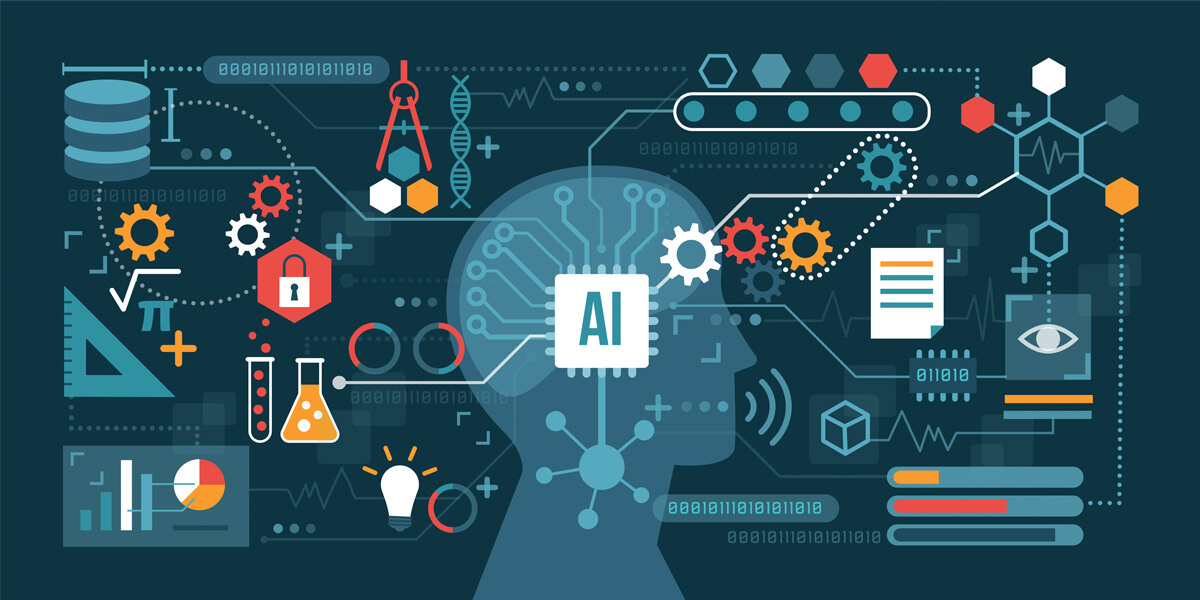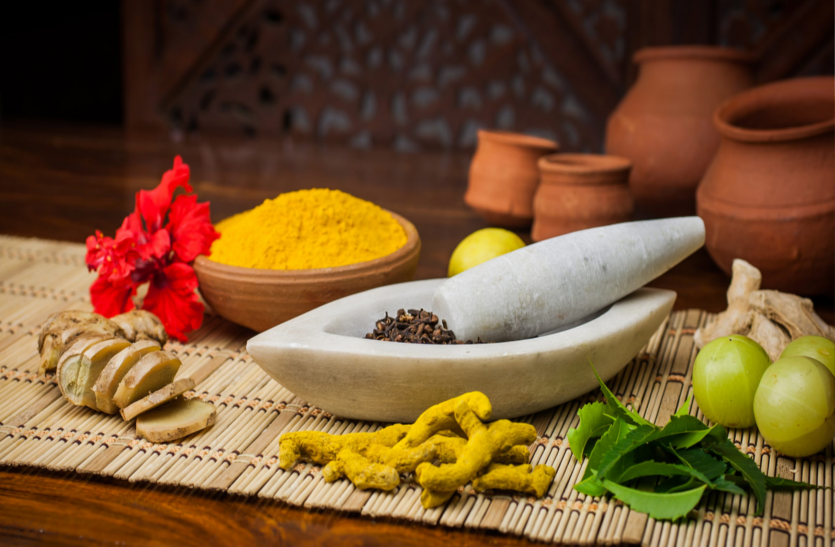Information technology, AI, IoT for better healthcare: An analysis

The frontline warriors battling Covid 19 pandemic have been brave and selfless, but some lost their lives in the line of duty. Doctors and nurses have been attending patients over capacity 24*7 in suffocating mask, gloves and PPE kit. A soldier cannot fight a war if his ammunition is not loaded; similarly frontline workers cannot fight pandemic withoutnhelp of technology. Due to witnessing constant deaths and burnout, frontline workers turned towards therapy for assistance.
Technology aid will help frontline and healthcare workers attending more patients in less amount of time where they save the lives of others as well as themselves.
Few technologies like cloud surveillance and quantum computation reduce the need for a physical doctor to attend to the patient at all, thereby saving them from the risk of infection. The ratio of doctors for every 1000 Indian citizens in 2017 was 1.34, which means Indians are not provided good healthcare by their system.
With so low number of healthcare professionals, any health emergency will expose and cripple the system, we all have experienced it in one way or another. To avoid such a crisis, apart from an increased number of medical professionals, technological aid is the need of the hour.

Technology like artificial intelligence, big data analytics, the internet of things, Blockchain technology, robots, automation, cloud and quantum computing et cetera can change the face of the Indian healthcare system and, if used wisely, make it world-class.
Let’s talk about how Big data analytics can help?
Mass amount of data collected by humans like body temperature, fever-like symptoms, comorbidities, flu symptoms, healthcare issues, et cetera needs fast analysis to provide effective results. For faster analysis, data analytics softwares are used to uncover the results, which is where big data analytics comes in.
It is the process of recognising patterns, correlations in a large amount of data and uncovering trends to make an informed decision. It’s pretty similar to statistical analysis tools average, regression, correlation etc, but the sample size is millions of people/data. If used wisely big data analytics can help predict crisis, early detection of diseases and improve healthcare.
Patients records from every hospital in a particular area/country; with their prior permission can be used to discover disease fads, demands, supply of medicine, procuring healthcare machines etc. It will also help analyse the impact of human-made troublessuch as pollution, AQI, industrial influence, climate on the health of individuals.

Data collected from genome sequencing for delta variant can help tremendously in controlling the spread of infection and understanding the nature of the attack by a variant on the human body.
What is IoMT and how AI and IoMT aid healthcare?
AI is the process where machines are programmed to behave like a human brain and perform tasks like humans do. Internet of things or the internet of medical things is a system where devices like ventilators, patient monitors, BP devices et cetera are connected via network.
These machines are programmed to identify information and share it amongst each other without human influence. So if a patient’s statistics like saturation level or blood sugar level is going out of control, the machine alerts the system and a doctor rushes in to attend to the patient.
IOMT and AI help provide better insight towards the patient, accurate data collection, correct diagnosis, effective working and improved patient experience. It also helps in predicting if the present condition of human body/ies will catch a particular disease in future. So minimum doctors can attend to maximum patients without being physically present and eliminate the risk of infection.
How autonomous medical systems help?

Medical autonomous system is primarily a robot or an implanted device working on a complex algorithm that operates on data like sodium level in body, glucose level in body et cetera. For patients who require a lot of assistance machines like automatic critical care system can improve health delivery in a diverse and complex environment.
ACCS integrates seven medical assistance technologies – supplemental oxygen therapy, sedation, mechanical ventilation, physiological monitoring, casualty and fluid warming, fluid and drug therapy and patient data accumulation storage and transmission into one suitcase. By monitoring the patient the software provides fast data on interventional therapies.
Other aids like autonomous intubation, autonomous interventional procedures and autonomous cricothyrotomy will reduce the burden of doctors.
Cloud computing and Cloudphysician-
Cloud computing in layman’s language is storage of a series of applications provided over the internet. The best way to understand it is Google Drive which is cloud-based storage, theuser can access the drive from anywhere, collaborate with others and the changes will be reflected in real-time.
Cloudphysician run by Karnataka doctors is a Smart ICU technology that helps detect anomalies in ICU patients with the help of information technology, visuals, machine learning and AI. With the help of cloudphysician, these doctors were able to run five ICU wards in five different hospitals of Karnataka by sitting in a manned centre.
What is UHC?

UHC is the concept of ultimate social equality and justice. It recognises human beyond gender, race, nationality and endeavours to provide equal public healthcare services. Covid 19 pandemic showed the world that UHC is still on paper and a utopian dream.
Information technology coupled with transparent data sharing, human, financial and organisational integration will help in achieving the dream of UHC. To foster transparent data sharing, Blockchain technology could be used to create a distributed ledger. Blockchain protects from tampering, hacking and duplication of data. The above examples have shown how digital technology can reduce the burden on doctors to attend more patients. Constant data analysis and data sharing will help in developing vaccines, medicines and creating optimum health infrastructure.
To achieve UHC with the help of technology the first loophole that needs to be plugged is digital inequality. AI, IOMT, cloud computing, autonomous systems require a fast working internet. Existing tools like Ayushmann Bharat should be updated to suit the digital tech.
Use of local knowledge and bridging Ayurveda into the mainstream-

When Patanjali first introduced Coronil, Indian Medical Association outrightly denied its utility in fighting coronavirus because there was no approval system in IMA for Ayurvedic medicine. Local knowledge has proved effective in controlling healthcare crisis like the Ebola virus in Africa and bird flu in Indonesia, where traditional knowledge was used by modern healthcare to devise a solution.
A system full of scientific ethos should be established to determine the utility of Ayurveda. Constant experimentation, research and development in Ayurveda will make it as reliable and trusted as allopathic medicine. Denying an alternative system just because there is no existing strategy to deduce its validity is absurd.
What should be done by the government to foster aid in health?
The government needs to ramp up its internet infrastructure to reach every corner of our country like Indian postal services do. The government should step on the gas pedal to increase digital literacy in India. Technologies like big data analytics, AI, IoMT et cetera need prior permissions from patients because it is a breach of privacy. Mechanism should be devised so that privacy and innovation exist simultaneously. Possible hurdles can be data security, data theft, and high investments, organisational bottlenecks etc.
While researching, one thing has to be kept in mind that data of Americans, Europeans will not be similar to health data of Indians and Africans because of different geographical locations. Information technology will not only help in increasing the number of patients attended but will also boost employment opportunities.




